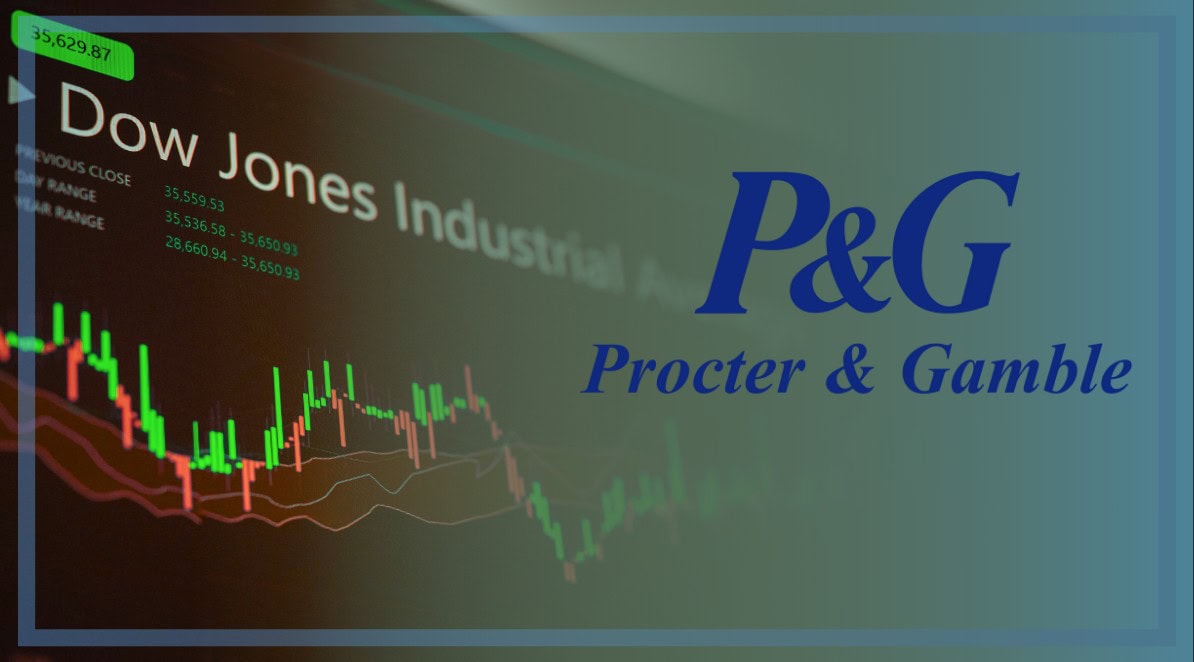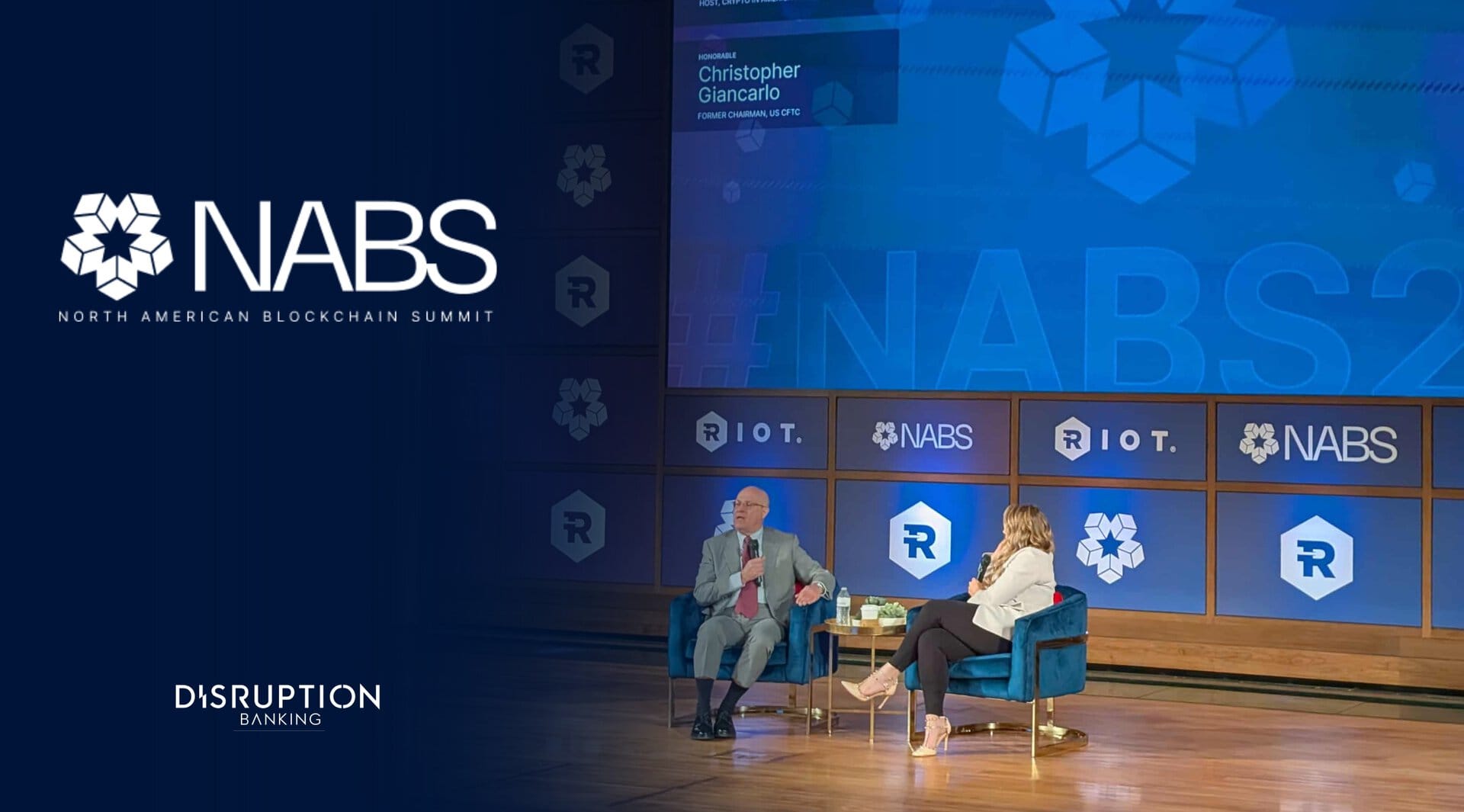Goldman Sachs is advancing an ambitious expansion across Asia, a move that coincides with renewed dealmaking activity throughout the region, as well as rising investor interest in Asian equities.
In May 2025, Goldman Sachs announced it had merged its three separate Asia Pacific (APAC) investment banking divisions into a single, streamlined platform led by Iain Drayton, head of Goldman’s Investment Banking in Asia, excluding Japan.
Under One Roof
Within this newly integrated unit, previously distinct merger and acquisition (M&T) teams from New Zealand, Australia, Japan and the rest of Asia, are now a unified front. This gives Goldman better standing throughout Asia to assist in high-dollar transactions and cross-border deals.
Additionally, Goldman announced Raghav Maliah in July as the new Global Chairman of Investment Banking. Notably, Maliah was previously co-head of Mergers and Acquisitions in Asia Pacific, a role which he continues along with his new title.
While evolving market conditions have lent a helping hand, Goldman is already seeing results amidst the investment bank’s leadership shuffle:
APAC’s equity capital markets (ECM) ranking shows that Goldman has worked on $14.5 billion worth of deals in 2025 so far, second only to Morgan Stanley at $18.3 billion. Indeed, 2025 has been a banner year for Asia-Pacific equity capital markets in general. For comparison, Citibank led the pack in 2024 with $11.7 billion worth of deals for the entire year.
Drayton said, “On an APAC basis, we’re seeing some strong tailwinds at the moment — quite a contrast to the headwinds that defined the past two to three years.”
Capital Inflows, Legacy Planning And A Hiring Spree
Asia, (excluding China), has seen roughly $100 billion in capital inflows so far in 2025. According to Kevin Sneader, Goldman Sachs’ president of Asia Pacific ex-Japan (APEJ), Asia’s technology, consumer discretionary, and industrial sectors have attracted special investor interest.
While Sneader stressed that Asia’s increased capital inflows demonstrate investor diversification, as opposed to an “exit movement” out of U.S. equities, the famed Wall Street investment banks’s pivot toward Asia is notable.
In an interview with Bloomberg, Sneader talked at length of Goldman’s active hiring in Singapore, Hong Kong, Tokyo, and Bangalore. This comes as a reversal from 2023, when Goldman was reducing its investment banker numbers in Asia due to market conditions.
Goldman is also establishing leadership in the growing field of legacy and succession planning for affluent Asian families. Family-owned businesses have a commanding presence in Asia, representing 85% of Asia-Pacific companies. A wealth transfer of $6.1 trillion is set to transpire in the coming years across Asia.
Reallocation of Capital, A.I. Downturn, and a Weakened U.S. Dollar
While Goldman Sachs has made recent structural changes to be more competitive in Asia, the firm has also transitioned out of its’ consumer banking business in the United States. In 2024, Goldman finalized the transfer of its credit card business to Barclays, while also selling off the company’s home improvement lending platform, GreenSky.
Parting ways with these two businesses brought an influx of capital to Goldman that can be used elsewhere, potentially in Asia. But, what about U.S. markets?
Concurrent with the investment bank’s structural revamp in Asia, Goldman Sachs’ CEO David Solomon recently spoke of a potential downturn in the U.S. stock market, due to investor hype in all things A.I.
Solomon said, “I think that there will be a lot of capital that’s deployed that will turn out to not deliver returns.”
While Solomon pointedly did not use the word “bubble,” this distinction almost becomes a question of semantics when the CEO of one of the world’s preeminent investment banks is saying, “people are out on the risk curve.”
Meanwhile, in the first half of the year, the U.S. dollar dropped 11% against other currencies. Ending a 15-year bull run, this was the biggest drop of the U.S. dollar in over 50 years. While the dollar has gained back a bit, a further decline is expected through 2026.
Additionally, according to Morgan Stanley, foreign investors have responded by hedging their exposure to the U.S., which will likely contribute to increased downward pressure on the U.S. dollar.
Global Uncertainty, Tariff Risks
While a softened dollar affects American markets in various ways, it is widely seen as a boon for Asia-Pacific and emerging markets. However, growth in Asia in 2025 has been tempered by global uncertainty and unresolved tariff risks.
Goldman Sachs’ renewed push into Asia, while robust, isn’t unique. Morgan Stanley, HSBC, UBS and several Chinese banks have all beefed up their presence in the region.
Whether these moves reflect a broader shift in investor sentiment toward Asia, or simply a hedge on a weakening U.S. dollar, remains to be seen. After all, just two years ago, Goldman Sachs was reducing its numbers in Asia. Now, it’s rapidly expanding.
Investment flow is cyclical. The question is how long will this present cycle last?
Author: Tim Tolka, Senior Reporter
#GoldmanSachs #Asia #InvestmentBanking
The editorial team at #DisruptionBanking has taken all precautions to ensure that no persons or organizations have been adversely affected or offered any sort of financial advice in this article. This article is most definitely not financial advice.
See Also:
What happened to Marcus by Goldman Sachs? | Disruption Banking
Goldman Sachs: Dow Jones’ Heaviest Hitter | Disruption Banking
Goldman Sachs’ Investment Banking Stumbles Despite Record Equities in Q1 2025 | Disruption Banking













